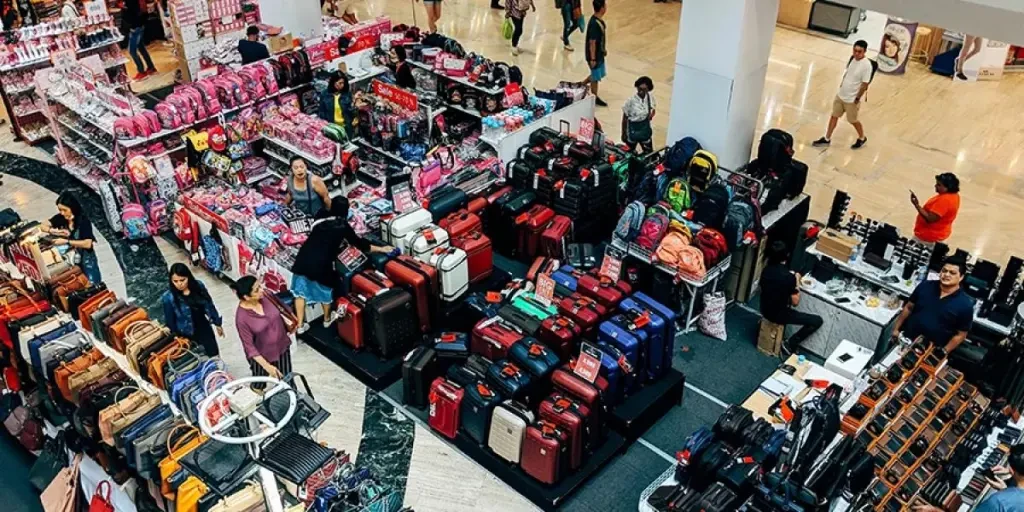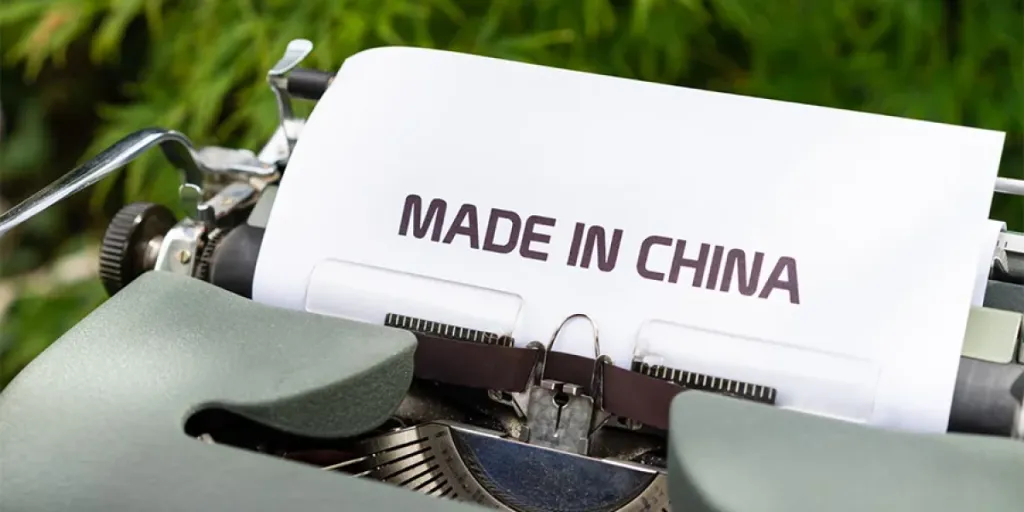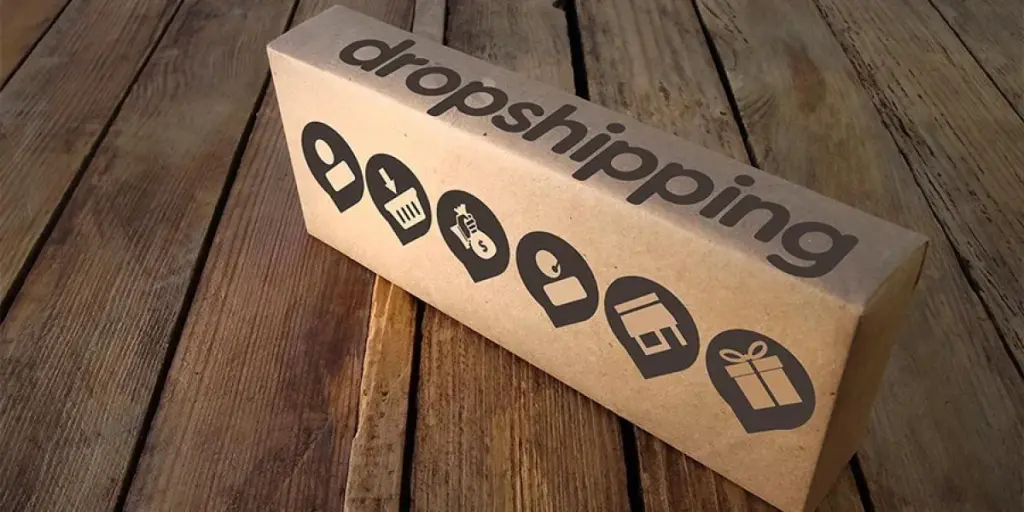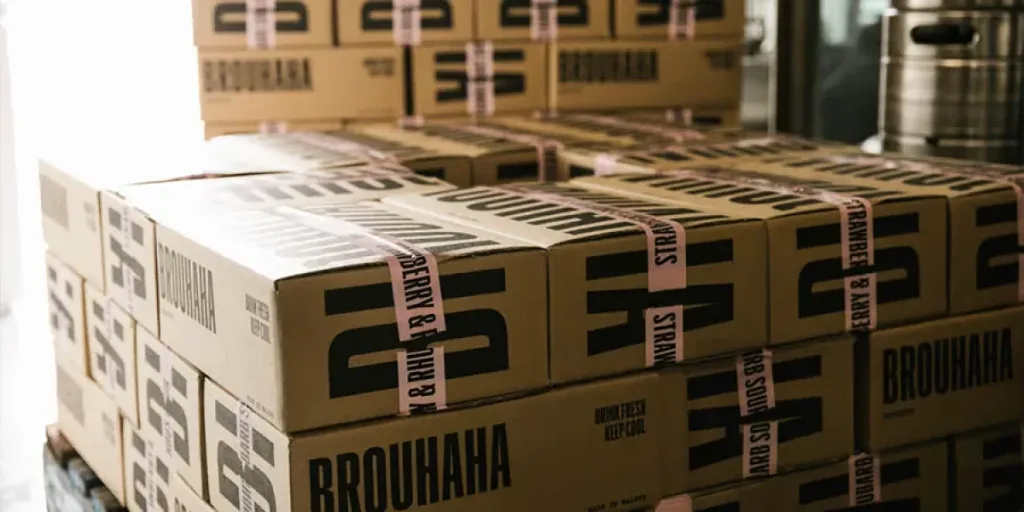During the course of any cross-border trade journey or B2B procurement process, B2B buyers are likely to encounter a number of terms, particularly those related to trading with vendors on online marketplaces.
In this article, we’ll look at three key terms closely to get an idea of what they mean and how they can best be applied to different businesses. We’ll look at Minimum Order Quantity (MOQ), Request for Quote (RFQ), and Ready to Ship (RTS), and share insight on how buyers can make sure they’re using them to get a great deal.
Table of Contents
What is Minimum Order Quantity (MOQ)?
How to find low MOQ sellers
What is Request for Quote (RFQ)?
How to send a RFQ
What is Ready to Ship (RTS)?
Why buy RTS products?
What is Minimum Order Quantity (MOQ)?
The meaning of Minimum Order Quantity is fairly self-explanatory; it refers to the lowest or minimum number of units that a wholesale supplier allows buyers to order. This is at times also referred to as the “minimum order policy.”
For instance, if a clothing supplier’s MOQ on their t-shirts is 200 units, unless a different deal is negotiated, the buyer would have to buy a minimum of 200 t-shirts from the supplier.
The reasons for MOQs are varied, but the main one is that it allows suppliers to maintain a healthy profit margin for the different orders placed. A significant amount of resources, including time and finances, are expended when processing orders, so MOQs help suppliers ensure that they are not wasting these key resources for a small amount of profit.
For buyers, however, MOQs can be a big deterrent as certain manufacturers and suppliers may set particularly high MOQs, making it difficult for small-scale buyers or buyers who are just starting out to purchase from them.
How to find low MOQ sellers
Fortunately, there are ways in which buyers can navigate around MOQ to find suppliers with terms that meet what they are able to work with for their business.
On online B2B marketplaces such as Alibaba.com, it is possible to find low MOQ sellers who allow minimum order quantities of as low as five or ten units per order.
Below is a simple rundown of how buyers can find low MOQ wholesalers on the Alibaba.com platform.
- Go through the “Ready to Ship” channel at Alibaba.com/bulk
- Enter the desired product in the search bar
- Note the desired order quantity in the “Min Order” field
- Browse the available product/supplier options and settle on one
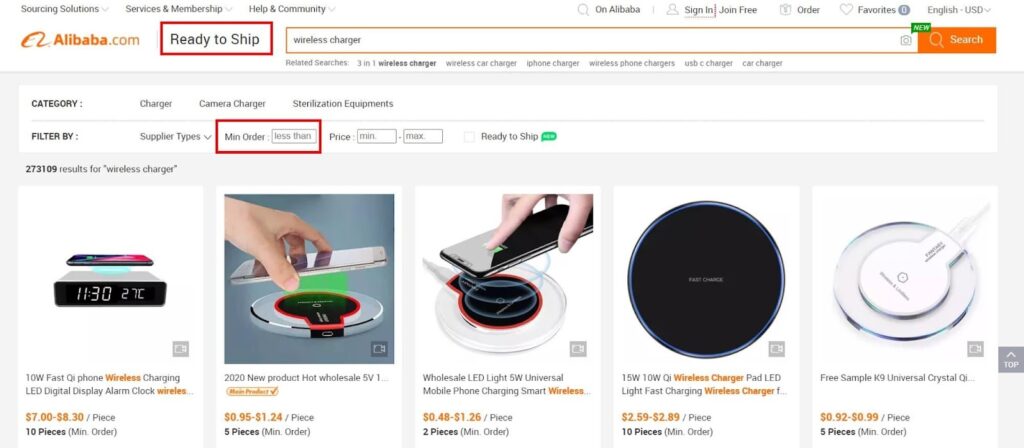
The “Ready to Ship” channel provides buyers with a range of suppliers who offer low minimum order quantities as they hold products that are ready to be shipped out, typically within 15 days.
But that’s not the only option available to buyers. It is possible to negotiate MOQs with different sellers to come to a win–win arrangement. To increase the chances of success when using this route, it is important to keep the following points in mind:
- Always be professional and respectful in interactions with the supplier
- Ask for a reasonable alternative, i.e. if the supplier’s MOQ is 1,000 units, asking for the MOQ to be dropped to 100 units while buying at wholesale prices may not be too reasonable. Aiming for 600 to 900 would give a better chance of success
- If the low order quantity is for product testing, buyers can consider purchasing a few units at retail price.
What is Request for Quote (RFQ)?
A Request for Quote (also referred to as Request for Quotation) is a buying request made by a B2B buyer when they intend to engage with a vendor on the pricing of certain products or services that the buyer is interested in.
An RFQ allows prospective buyers to give detailed information on specific requirements or product features. In response to this, the supplier typically responds with a breakdown of the price for the requirements to be met and for the related product features.
From this, buyers are able to get a better understanding of how the different components are priced, allowing for price transparency as buyers have a clear picture of what they’re paying for. This tool is further helpful for buyers when they want to compare the prices of multiple suppliers so as to find the lowest price possible with the optimal meeting of requirements.
Below are the four main types of RFQs:
- Invited bid: Inviting specific vendors to send quotes for consideration.
- Open bid: Allowing each seller’s quote to be visible to the others for a more competitive option.
- Sealed bid: Stipulating the submission period that the vendor should submit a quote.
- Reverse auction: Similar to an auction process but in the reverse direction as the buyers invite sellers to submit the lowest-price quote.
How to send a RFQ
With an idea of what RFQ is, we can now look into what details are required when sending an RFQ that will provide buyers with what they are looking for.
Below are some key details that buyers should provide the prospective suppliers with when sending an RFQ:
- Description of products or parts and their specifications
- The desired quantity or volume
- Delivery requirements
- Any required value-added services
With that considered, we can now look into how buyers can go about sending the RFQ. The major steps are as follows:
- Prepare your document: The buyer should review their procurement needs so as to be able to detail the required products or services and their requisite quantities. The more detail a buyer provides, the more they will be able to receive relevant responses from vendors. At this stage the buyer chooses what type of RFQ they will send, the number of vendors to send the RFQ to, and the response deadline.
- Review vendor responses: Buyers will then begin to receive responses once the RFQs are sent. It’s important to have a manageable vendor pool to choose from so the process does not become too time-consuming. When the end of the response deadline is reached, the buyer can begin to identify which vendors have presented the best prices and meet their procurement needs.
- Choose your preferred quote: At this stage, the buyer will choose the vendor who has not only offered the best price, but also the best all-round package in terms of meeting the buyer’s procurement needs. A buyer can choose to go with a slightly higher-priced product if they see that the vendor has a higher chance of meeting their product customization needs.
- Close out the process: This is the stage where the arrangement with the vendor is finalized. It’s important to note that while the RFQ will form the basis of the contractual relationship between the buyer and the vendor, it is not in itself a contract and is not enforceable until it has been formally agreed upon by the two parties. Once finalized, the buyer can notify the other vendors who had sent quotes that they will be going with another vendor.
For more information on RFQ, read Alibaba.com’s easy-to-use RFQ process.
What is Ready to Ship (RTS)?
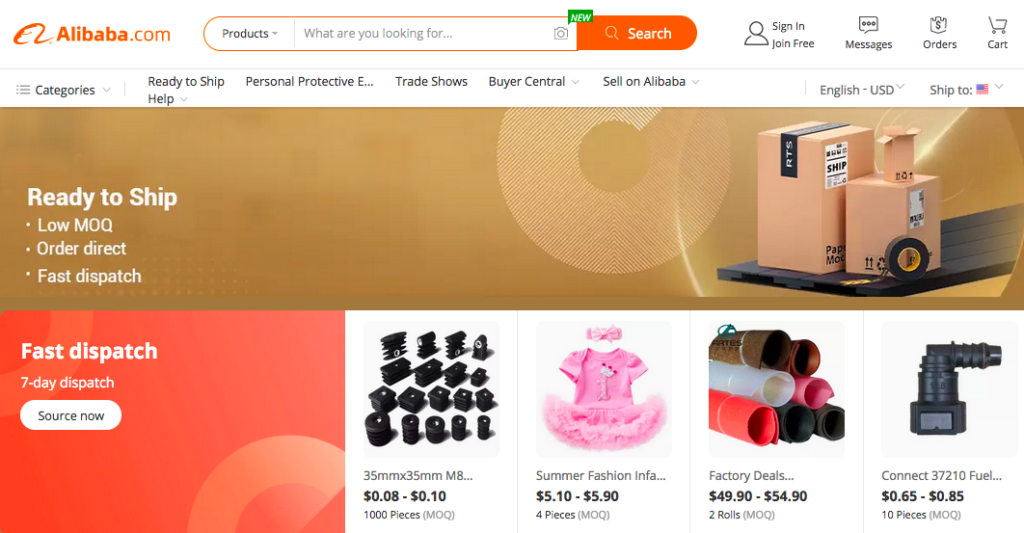
There are different types of products that buyers are presented with during their procurement process — “customized” products and “Ready to Ship” products. “Ready to Ship” is a designation used for products that are considered “stock” or “as-is” goods.
These are the types of products that are fairly easy for buyers to purchase as they require little to no customization and could be ordered quickly and received quickly. With these types of products, back-and-forths regarding customization, price negotiation, as well as payment and shipping, are minimal.
“Ready to Ship” products tend to meet the following criteria:
- They are available for immediate purchase and offer light or no customization. Buyers are able to purchase these types of products without interactions with the sellers.
- They showcase their shipping fees upfront.
- They showcase a non-negotiable price upfront.
- They leave the production facility within 15 days after orders have been received.
Why buy RTS products?
Some reasons why RTS products may be an attractive option to buyers are:
- Consistency: Due to products typically being mass-produced, they are likely of identical quality, allowing for product consistency and for the buyer to know what they’re getting each time.
- Low MOQ: Because RTS products come with little to no customization, vendors are able to fulfill products easier and faster, and buyers are able to purchase products at lower quantity as order fulfillment is not as costly as that of customized products.
- Fast dispatch: RTS products tend to have a fast shipping schedule as most products will leave the seller’s facility within 15 days. Buyers can enjoy faster order fulfillment and ultimately a more efficient procurement process. This is highly useful considering the threat of continued supply chain delays caused by the Omicron variant.
- Transparency: Because RTS products tend to have fixed prices and delivery fees and terms that are provided upfront, buyers are able to glean a full picture of the cost and terms of working with certain suppliers. This allows greater transparency as buyers know exactly what to expect, and enables them to plan accordingly and make faster sourcing decisions.
Some useful tips to consider when buying RTS products on Alibaba.com:
- Sort search results by supplier
- Fully assess sellers, going over the business profile and any published customer feedback
- Carefully read all product descriptions shared
- Start with ordering samples for quality control
- Understand the shipping terms
To begin your procurement journey and start sourcing RTS products on Alibaba.com, buyers can use the efficient “Ready to Ship” tool that filters search options to RTS products.
Final thoughts
With an understanding of the crucial terms: Minimum Order Quantity (MOQ), Request for Quote (RFQ), and Ready to Ship (RTS), buyers can begin to fully understand the procurement process to find better products and suppliers that meet their business’s procurement needs.
There is no one-size-fits-all approach for B2B buying, so if buyers are able to go around MOQs, navigate RFQ submissions, and identify the right RTS products, they will be able to source products more efficiently, faster, and less costly. Find out more B2B buying resources from Alibaba.com’s Buyer Central.
